1.
Introduction
In this paper we study a class of third order dissipative differential operators. Dissipative operators are of general interest in mathematics, for example in the study of the Cauchy problems in partial differential equations and in infinite dimensional dynamical systems. Even order dissipative operators and the boundary conditions generating them have been investigated by many authors, see [1,2,3,4,5,6,7,8,9] and their references. Odd order problems arise in physics and other areas of applied mathematics and have also been studied, e.g., in [10,11,12,13,14,16,15].
Non-self-adjointness of spectral problems can be caused by one or more of the following factors: the non-linear dependence of the problems on the spectral parameter, the non-symmetry of the differential expressions used, and the non-self-adjointness of the boundary conditions(BCs) involved. Many scholars focus on the non-self-adjoint differential operators caused by non-self-adjoint BCs. Bairamov, Uğurlu, Tuna and Zhang et al. considered the even order dissipative operators and their spectral properties in [5,6,7,8,9], respectively. However, these results all restricted in some special boundary conditions. In 2012, Wang and Wu [2] found all boundary conditions which generate dissipative operators of order two and proved the completeness of eigenfunctions and associated functions for these operators. In [3] the authors studied a class of non-self-adjoint fourth order differential operators in Weyl's limit circle case with general separated BCs, and they proved the completeness of eigenfunctions and associated functions. Here we find a class of such general conditions for the third order case, which may help to classify the dissipative boundary conditions of third order differential operators.
As is mentioned above, there are many results for dissipative Sturm-Liouville operators and fourth order differential operators, however, there are few studies on the odd order dissipative operators. Thus, in this paper, we study a class of non-self-adjoint third order differential operators generated by the symmetric differential expression in Weyl's limit circle case together with non-self-adjoint BCs.
This paper is organized as follows. In Section 2 we introduce third order dissipative operators and develop their properties. Section 3 discusses some general properties of dissipative operators in Hilbert space and some particular properties of the third order operators studied here. The completeness of eigenfunctions and associated functions is given in Section 4. Brief concluding remarks on the obtained results in this present paper and the comparison with other works are reported in Section 5.
2.
Third order boundary value problems
Consider the third order differential expression
where −∞≤a<b≤+∞, q(x) is a real-valued function on I and q(x)∈L1loc(I). Suppose that the endpoints a and b are singular, i.e., a=−∞ or for any c∈(a,b) q(x) is not absolutely integrable in (a,c] (the same statement holds for endpoint b), and Weyl's limit-circle case holds for the differential expression l(u), i.e., the deficiency indices at both endpoints are (3,3).
Let
For all u,v∈Ω, we set
where the bar over a function denotes its complex conjugate, and
and R∗v(x) is the complex conjugate transpose of Rv(x).
Let ψj(x,λ),j=1,2,3 represent a set of linearly independent solutions of the equation l(u)=λu, where λ is a complex parameter. Then ψj(x,0),j=1,2,3 represent the linearly independent solutions of the equation l(u)=0. From Naimark's Patching Lemma, we can choose the solutions above mentioned satisfying any initial conditions, for future conveniences, here we set zj(x)=ψj(x,0),j=1,2,3 satisfying the condition
where
From [17], the solutions zj(x),j=1,2,3 as described above exist and are linearly independent. Since Weyl's limit-circle case holds for the differential expression l(u) on I, the solutions zj(x),j=1,2,3 must belong to L2(I). Furthermore, because zj(x),j=1,2,3 are solutions of equation l(u)=0, thus according to the Green's formula, it is easy to get [zj,zk]x=const for any x∈I, hence for any x∈I,([zj,zk]x)=J.
Let l(u)=λu and we consider the boundary value problem consisting of the differential equation
and the boundary conditions:
where λ is a complex parameter, r is a real number with |r|≥1, θ∈(−π,π], γj,j=1,2,3,4 are complex numbers with 2ℜγ1≥|γ2|2 and 2ℜγ3≤|γ4|2, here ℜ denotes the real part of a value.
In L2(I), let us define the operator L as Lu=l(u) on D(L), where the domain D(L) of L is given by
Let Ψ(x) be the Wronskian matrix of the solutions zj(x),j=1,2,3 in I, then ones have
Now let us introduce several lemmas.
Lemma 1.
Proof. From
we have
Then the conclusion can be obtained by left multiplying (Ψ∗(x))−1 and right multiplying Ψ−1(x) on the two ends of the above equality.
Lemma 2. For arbitrary u∈D(L)
Proof. From
one has
This complete the proof.
Corollary 1. For arbitrary y1,y2,y3∈D(L), let Y(x)=(Cy1(x),Cy2(x),Cy3(x)) be the Wronskian matrix of y1,y2,y3, then
Lemma 3. For arbitrary u,v∈D(L), we have
Proof. From Lemma 1 and Lemma 2, it is easy to calculate that
This completes the proof.
3.
Dissipative operators
We start with the definition of dissipative operators.
Definition 1. A linear operator L, acting in the Hilbert space L2(I) and having domain D(L), is said to be dissipative if ℑ(Lf,f)≥0,∀f∈D(L), where ℑ denotes the imaginary part of a value.
Theorem 1. The operator L is dissipative in L2(I).
Proof. For u∈D(L), we have
then, applying (2.7), it follows that
From (2.4)–(2.6), it has
substituting (3.3)–(3.5) into (3.2) one obtains
and hence
where
Note that the 3 by 3 matrix in (3.7) is Hermitian, its eigenvalues are
and they are all non-negative if and only if
Since |r|≥1, 2ℜγ1≥|γ2|2 and 2ℜγ3≤|γ4|2, we have
Hence L is a dissipative operator in L2(I).
Theorem 2. If |r|>1, 2ℜγ1>|γ2|2 and 2ℜγ3<|γ4|2, then the operator L has no real eigenvalue.
Proof. Suppose λ0 is a real eigenvalue of L. Let ϕ0(x)=ϕ(x,λ0)≠0 be a corresponding eigenfunction. Since
from (3.7), it follows that
since |r|>1, 2ℜγ1>|γ2|2 and 2ℜγ3<|γ4|2, the matrix
is positive definite. Hence [ϕ0,z2]a=0, [ϕ0,z2]b=0 and [ϕ0,z3]b=0, and by the boundary conditions (2.4)–(2.6), we obtain that [ϕ0,z1]b=0. Let ϕ0(x)=ϕ(x,λ0), τ0(x)=τ(x,λ0)andη0(x)=η(x,λ0) be the linearly independent solutions of l(y)=λ0y. Then from Corollary 1 one has
It is evident that the determinant of the left hand side is equal to zero, the value of the Wronskian of the solutions ϕ(x,λ0), τ(x,λ0) and η(x,λ0) is not equal to zero, therefore the determinant on the right hand side is not equal to zero. This is a contradiction, hence the operator L has no real eigenvalue.
4.
Completeness theorems
In this section we start with a result of Gasymov and Guseinov [18]. It also can be found in many literatures, for instance in [19] and [20].
Lemma 4. For all x∈[a,b], the functions ϕjk=[ψk(⋅,λ),zj](x), j,k=1,2,3, are entire functions of λ with growth order ≤1 and minimal type: for any j,k=1,2,3 and ε≥0, there exists a positive constant Cj,k,ε such that
Let
denote the boundary condition matrices of boundary conditions (2.4)–(2.6), and set Φ=(ϕjk)3×3. Then, a complex number is an eigenvalue of the operator L if and only if it is a zero of the entire function
Remark 1. Note that a=−∞ or b=∞ have not been ruled out. Since the limit circle case holds, the functions ϕjk and Φ(a,λ),Φ(b,λ) are well defined at a=−∞ and b=∞, i.e., ϕjk(±∞)=[ψk(⋅,λ),zj](±∞)=limx→±∞=[ψk(⋅,λ),zj](x) exist and are finite.
Corollary 2. The entire function Δ(λ) is also of growth order ≤1 and minimal type: for any ε≥0, there exists a positive constant Cε such that
and hence
From Theorem 2 it follows that zero is not an eigenvalue of L, hence the operator L−1 exists. Let's give an analytical representation of L−1.
Consider the non-homogeneous boundary value problem composed of the equation l(u)=f(x) and the boundary conditions (2.4)–(2.6), where x∈I=(a,b), f(x)∈L2(I).
Let u(x) be the solution of the above non-homogeneous boundary value problem, then
where Cj, j=1,2,3 are arbitrary constants and u∗(x) is a special solution of l(u)=f(x).
It can be obtained by the method of constant variation,
where Cj, j=1,2,3 satisfies
By proper calculation, we have
where
then the solution can be written as
substituting u(x) into the boundary conditions one obtains
where
thus
Let
then one obtains
Now define the operator T as
then T is an integral operator and T=L−1, this implies that the root vectors of the operators T and L coincide, since zj(x)∈L2(I), j=1,2,3, then the following inequality holds
this implies that the integral operator T is a Hilbert-Schmidt operator [21].
The next theorem is known as Krein's Theorem.
Theorem 3. Let S be a compact dissipative operator in L2(I) with nuclear imaginary part ℑS. The system of all root vectors of S is complete in L2(I) so long as at least one of the following two conditions is fulfilled:
where n+(m,ℜS) and n−(m,ℜS) denote the number of characteristic values of the real component ℜS of S in the intervals [0,m] and [−m,0], respectively.
Proof. See [22].
Theorem 4. If an entire function h(μ) is of order ≤1 and minimal type, then
where n+(ρ,h) and n−(ρ,h) denote the number of the zeros of the function h(μ) in the intervals [0,ρ] and [−ρ,0], respectively.
Proof. See [23].
The operator T can be written as T=T1+iT2, where T1=ℜT and T2=ℑT, T and T1 are Hilbert-Schmidt operators, T1 is a self-adjoint operator in L2(I), and T2 is a nuclear operator (since it is a finite dimensional operator)[22]. It is easy to verify that T1 is the inverse of the real part L1 of the operator L.
Since the operator L is dissipative, it follows that the operator −T is dissipative. Consider the operator −T=−T1−iT2, the eigenvalues of the operator −T1 and L1 coincide. Since the characteristic function of L1 is an entire function, therefore using Theorem 4 and Krein's Theorem we arrive at the following results.
Theorem 5. The system of all root vectors of the operator −T (also of T) is complete in L2(I).
Theorem 6. The system of all eigenvectors and associated vectors of the dissipative operator L is complete in L2(I).
5.
Concluding remarks
This paper considered a class of third order dissipative operator generated by symmetric third order differential expression and a class of non-self-adjoint boundary conditions. By using the well known Krein's Theorem and theoretical analysis the completeness of eigenfunctions system and associated functions is proved.
The similar results already exist for second order S-L operators and fourth order differential operators, see e.g., [2] and [3]. For third order case, the corresponding discussions about dissipative operators can be found in most recent works in [15,19], where the maximal dissipative extension and the complete theorems of eigenvectors system are given. The boundary conditions at the present work are much general and the methods are different from those in [15,19]. These boundary conditions may help us to classify all the analytical representations of dissipative boundary conditions of third order differential operators.
Acknowledgments
The authors thank the referees for their comments and detailed suggestions. These have significantly improved the presentation of this paper. This work was supported by National Natural Science Foundation of China (Grant No. 11661059), Natural Science Foundation of Inner Mongolia (Grant No. 2017JQ07). The third author was supported by the Ky and Yu-fen Fan US-China Exchange fund through the American Mathematical Society.
Conflict of interest
The authors declare no conflict of interest in this paper.











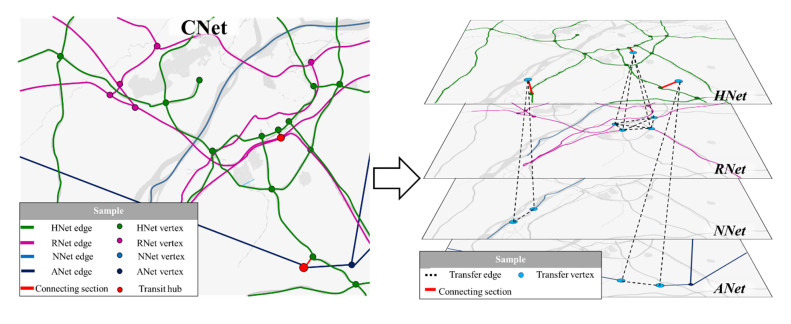
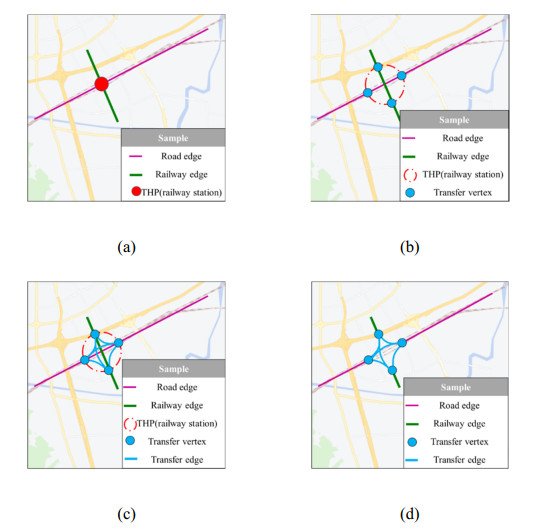
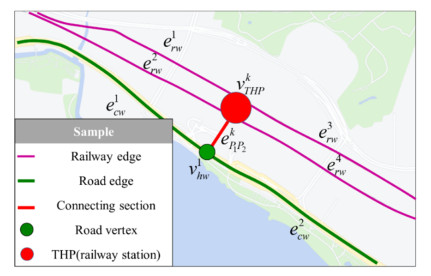

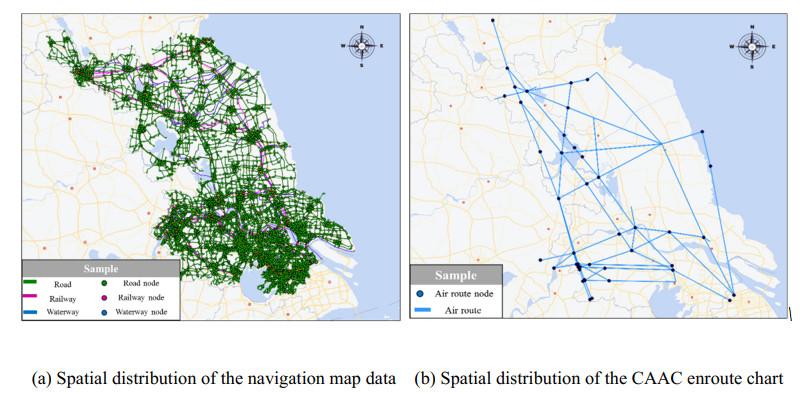
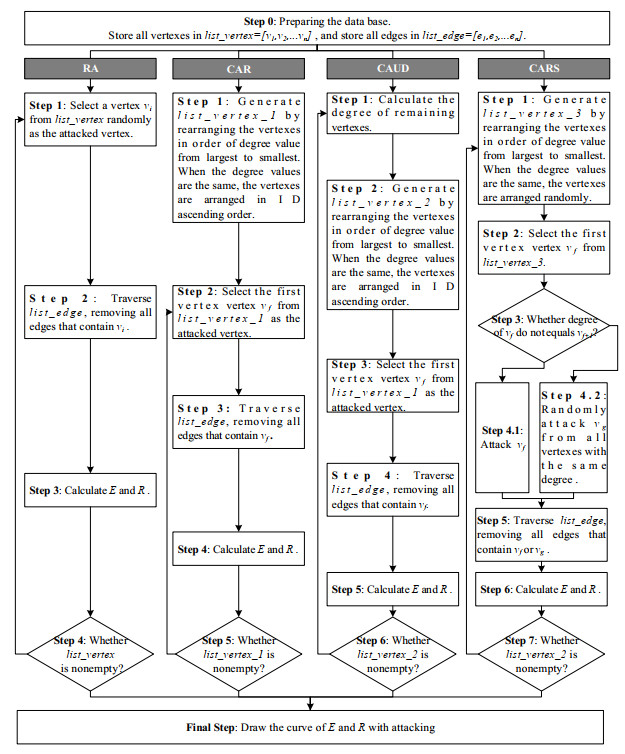
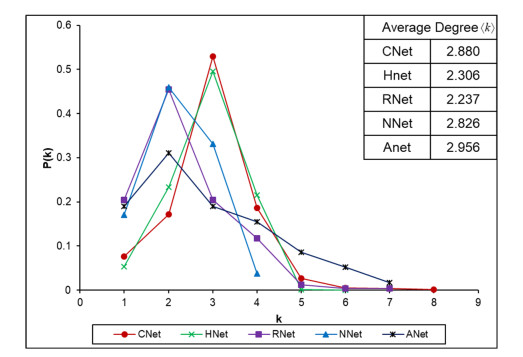

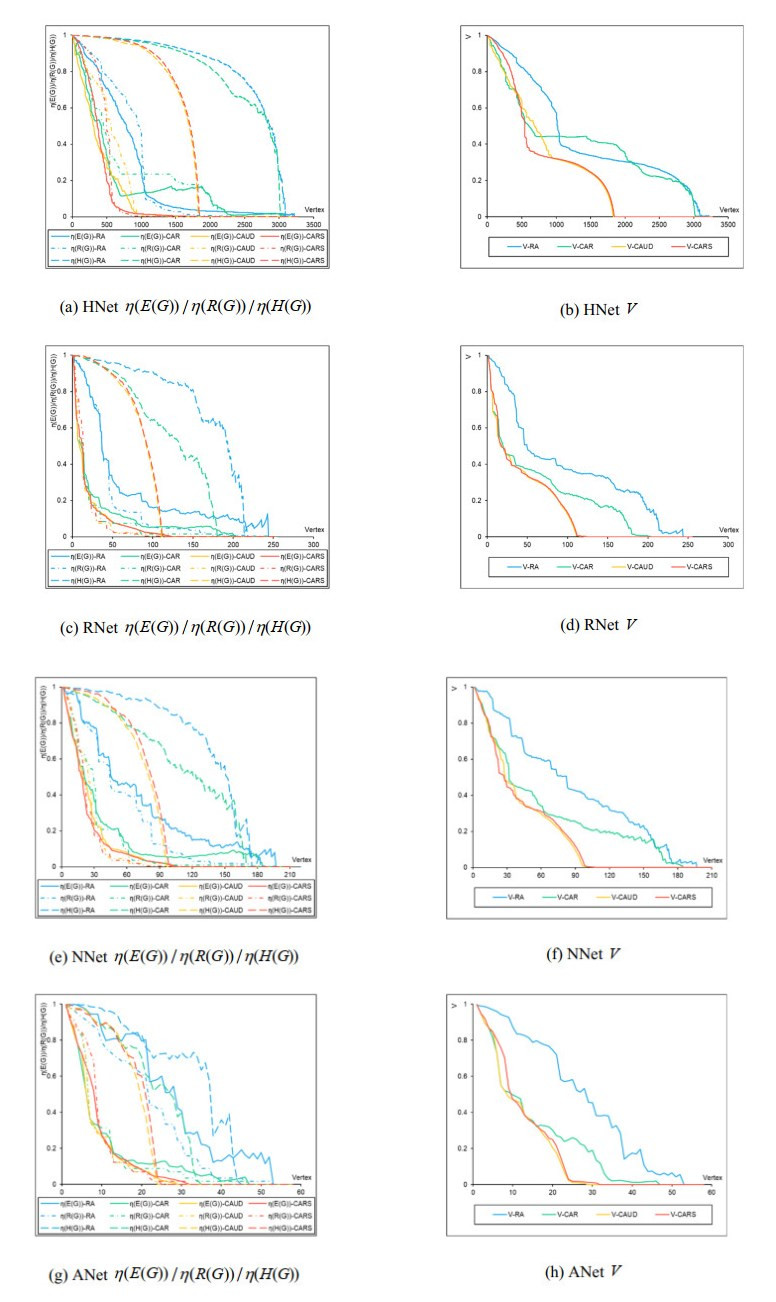
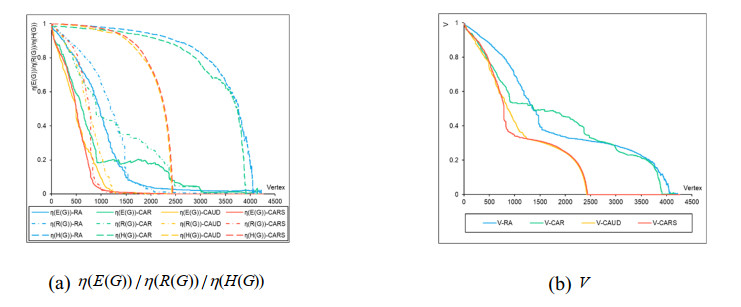

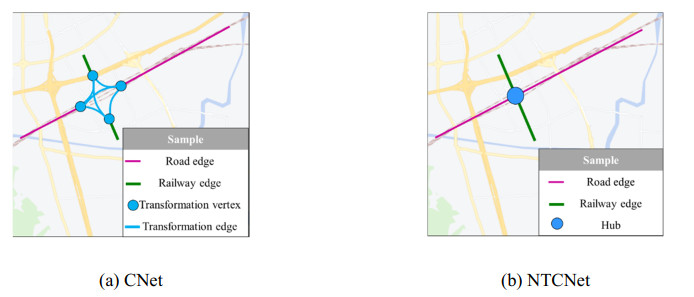

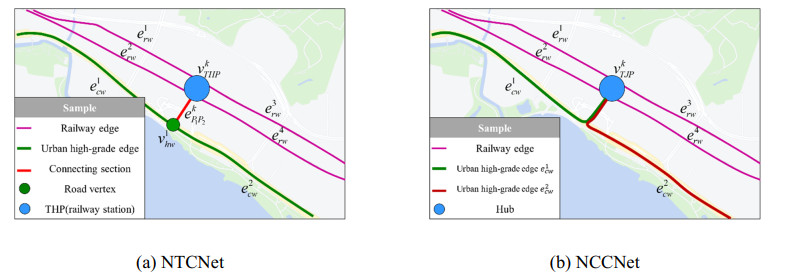
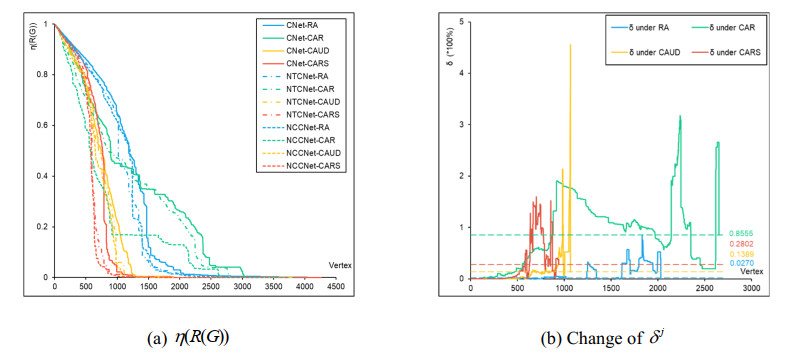
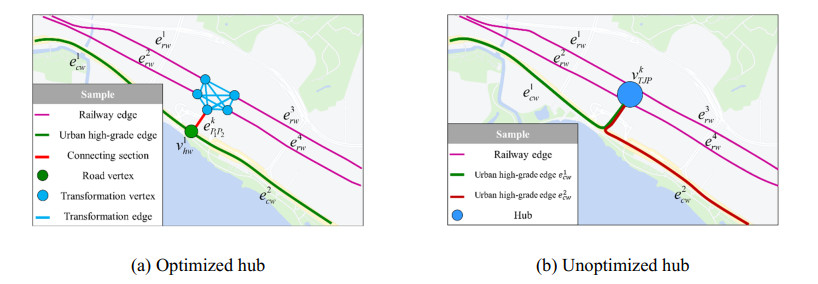

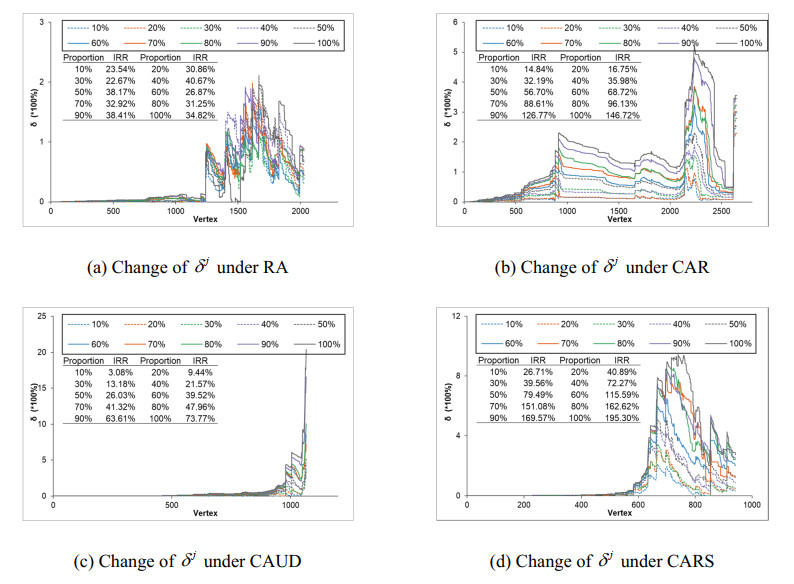
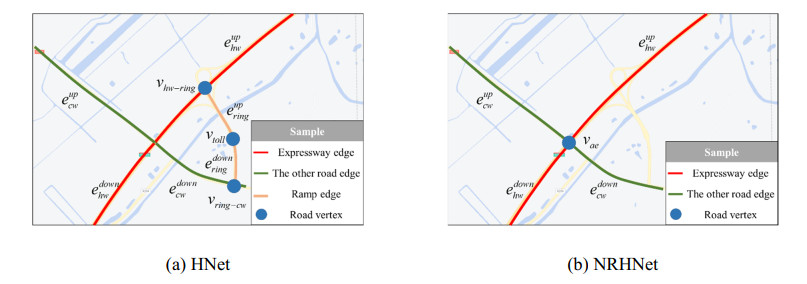
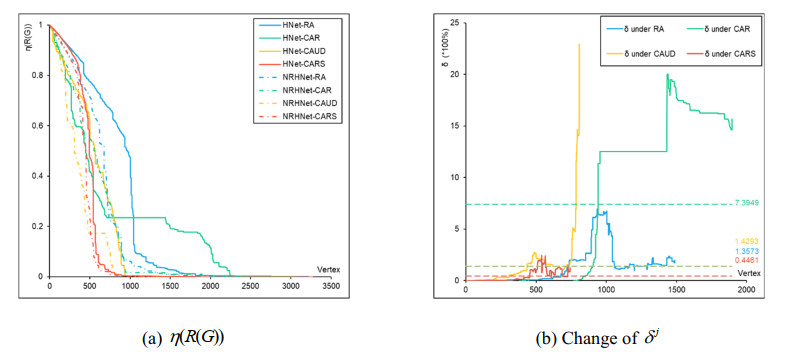

 DownLoad:
DownLoad: